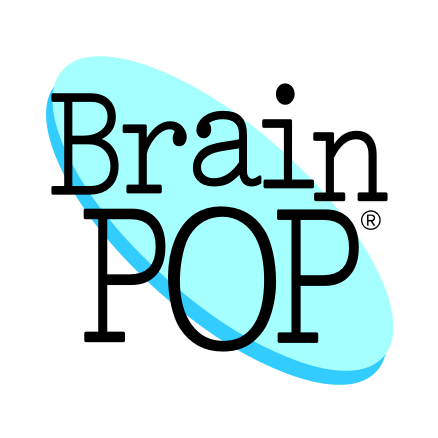Differentiating with Technology
Differentiating with Technology
By: Tanya Reyes
Technology Integration in Math
Technology can be integrated into math through the delivery of the content, the application of the skills, and the assessment processes. To meet various learning styles, several educational websites offer instructional songs and videos for math concepts based on grade-level and standard. Using BrainPOP, BrainPOP Jr., NumberRock, or Flocabulary to introduce the topics can provide students with background knowledge and increase their engagement and retention of knowledge through the provided songs and visuals (Murawski & Scott, 2019). To support English language learners or minimally proficient students' comprehension, educators can adjust the video playback speed, add subtitles, and assign the videos to specific students to rewatch as many times as needed. Teachers can use educational videos to begin to "flip" their classroom also. By assigning students with these videos ahead of time, students can already begin to understand the content before the teacher's lesson (Winter, 2018). This instruction may be enough for gifted or advanced students and classroom time can be used for them to practice the skills and ask questions of the teacher while the remainder of the class continues in a whole-group lesson. Giving this choice, not only honors the students independence and autonomy and increases their intrinsic motivation, but also allows for more efficient use of instructional time (Dabrowski & Marshall, 2019).
In terms of how students interact with the content and practice their skills, educational platforms such as Nearpod can be used to differentiate the learning process as well. Nearpod works as a digital slideshow presentation in which the pace can initially be controlled by the educator and then released to student-controlled pace when the teacher determines they are ready for independent practice. By giving students to correct balance of control and freedom should reduce problem behaviors within the lesson as all students needs are being met adequately (Colquitt et al., 2017). Within Nearpod's software, teachers can upload supplemental videos, students can choose various tools to draw, type, or write their ideas, they can participate in many formative assessments such as polls, true or false questions, and short multiple-choice quizzes. Additionally, links to virtual math manipulatives can support the transition from concrete to representational to abstract understanding (Murawski & Scott, 2019). Though the content standard is required and therefore students cannot choose to learn about a different kind of math, the choice they have in the materials and depictions will build self-efficacy and increase student engagement over all students doing the same activity (Colquitt et al., 2017).
| image retrieved from http://recesstec.com/wp-content/uploads/2015/01/Math-Learning-Center-Apps22.jpg |
Finally, educators can integrate technology into the summative assessments as well to create a more authentic, performance task. By using platforms like Padlet or FlipGrid, students can choose to build, upload, type, audio record, or video record the solutions to the math problems based on their preferred learning style. Rather than a simple multiple-choice quiz or paper and pencil exit ticket, using these digital tools allows students to share their rationales, strategies, and findings with peers. This gives students an opportunity to hear diverse perspectives and potentially share their ideas with other students in the school, district, or even across the nation and world.
 |
| image retrieved from https://mycalcas.com/wp-content/uploads/2022/02/padlet.png |

Comments
Post a Comment